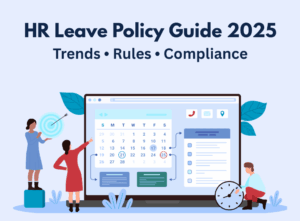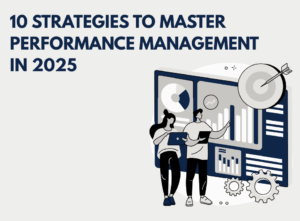Payroll compensation challenges in SMEs & Startups
We all understand well that the opportunities and challenges facing an SMEs & Startups are very dissimilar to those faced by a big corporation in business. One of the areas they differ markedly is in their compensation profiles and management of it. Payroll is a challenge for SMEs in ways that corporations do not envisage. The revenues and budgets are generally very specific and constrained in an average year for an SME. There is only so much elbow room for maneuver as far as hiring is concerned in most seasons. It becomes especially challenging when someone quits a role without any anticipation and there was something very crucial they were handling. Chances are, you may not be able to hire a replacement in time. There are situations like these when an existing team member who learned the same task delivery from that person can fill-in their shoes for the time being or even the middle to long term. This scenario comes to pass all the time in businesses which run a tight ship. What is an ideal strategy for compensating that member is the numero-uno question then?

Strategy for payroll compensation for employees delivering more in SMEs & Startups
So let us assume the said person seamlessly absorbed the workload of the leaving employee. That is a great thing for the company. Now the question is that of the person’s expectations in return. While you cannot have them to deliver the increased output at the same salary, you could not pay them the compensation for the two roles combined either. So this presents with the classic HR Payroll conundrum. Does it not?
The easy way for the management is to have a discussion with the employee who has understood the work and convinces them to take up the additional workload in the interim without any other compensation changes. The year-end bonus or hike may take care of that. And this is probably the most adopted solution. But if you think about it, it may just be the strategy that backfires in the longer term if you want to establish a brand for the longer term. If as a founder or chief executive, you care only about the yearly performance of the P & L and want to keep the cost low at any cost other than monetary, this would seem like an ideal way for you. But what if you actually want to build a brand for the longer horizon and want to make choices for that goal? Then you ought to take the compensation puzzle more seriously and respectfully. A brand is created by the employees who innovate in the products and service the clients for the long term. That is only achieved if they are loyal to you. And loyalty in corporate has to be earned. Cutting the proverbial payroll corner would not do it for you. Thus, you need to think harder for a solution at this juncture. It is going to demonstrate to yourself and any other stakeholder why your company or you are going to be a winner in the longer term as you care and are smart enough to not take the lazy beaten dust road.
One of the ways to account for this situation is by going purely quantitative. Just make sure that this is a discussion that takes place candidly between the person and their manager. You can compensate the employee by getting an average rate for the two profiles and using that as the overtime pay rate. The person can be paid separately on an hourly basis for the week or month based on the different rates. And once there is a precedent set, everyone would be comfortable with the compensation arrangement and payroll management would be a question of the past for that person. A system like Kredily Payroll Management is very well-equipped to handle such mathematical situations relating to your payroll issues. We just have to understand that payroll is the prime motivation for employees to work hard for your organization and we need to win over their trust that we care for their interests regarding compensation in such borderline situations.
The long-term solution for the compensation issue
The challenge solved by communicating and mathematically adjusting the compensation as we discussed is a short-term to the middle-term solution. As the management of the company, you need to formulate a long-term strategy now. Do you think that such an arrangement is practicable for the longer term? The answer to that question may be a “no” for the most part. It is generally an ad-hoc arrangement and must be viewed as such. It is the smart thing to find a replacement for the employee who quit over time. What the management can do however is to hire a fresher with relatively low experience and train them with the same person who has assumed the role of the person who quit. This is something the person may like as well as they sort of move up in the hierarchy as the new hire is in all practicality going to report to him or her. This would be their first taste of leadership in corporate and they would love every bit of it. This also mitigates any chance of issues arising if this person himself decided to quit or got a better offer in the market as they have an augmented skill-set now which is very nicely marketable. Thus, it is important to play the compensation game very efficiently, especially for smaller companies and startups that are highly dependent upon a close-knit bunch of individuals.
Conclusion
Employees are the backbone of your company in the long term. If you are not planning to pirate away in a few year’s time and want to build a brand for the longer term, they are the most valuable asset you have. In a way, even more, important than the customer or client arguably. Thus, it is important to think deeply to foster that culture that breeds trust and loyalty in them for your company and your office. All the best for your hiring and management.


